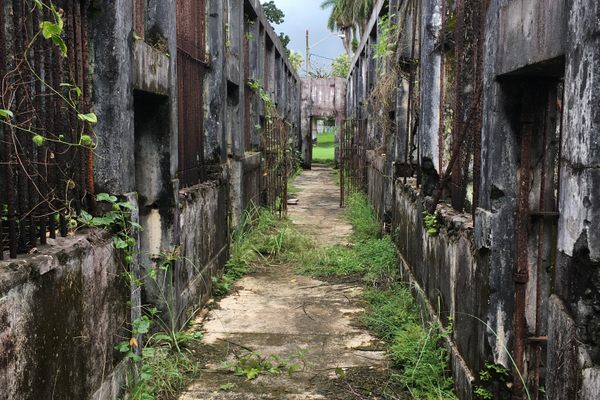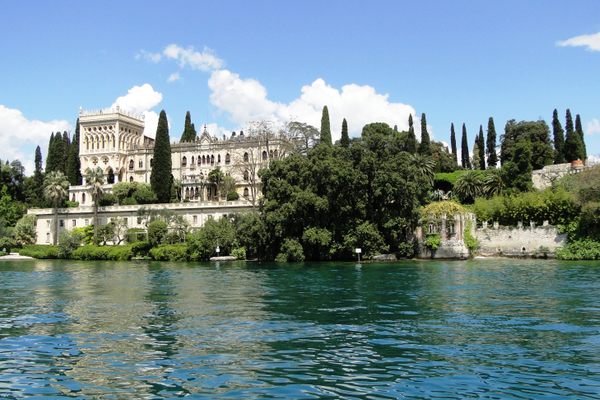About
On the other side of the sea from the glamorous Cannes, the silhouette of Île Sainte-Marguerite harbors an unsolved mystery. The island is part of the Lerins Islands and is articulated by several paths that run between pine and eucalyptus forests. At the island's fortress, known as the Fort Royal, the mysterious "Man in the Iron Mask" was held captive for 11 years in the 17th century.
In his 1751 work The Age of Louis XIV, Voltaire told the story of a captive whose face was hidden by an iron mask. (Historical records suggest that Voltaire got the material wrong, that the mask was actually made of black velvet, not iron.) According to the witness of other prisoners, this mysterious prisoner had treatment of preference: "He was not denied anything he asked for, he had exquisite tastes in the way he was dressed, he played the guitar and was given the best meal..."
The penitentiary route of this enigmatic convict, who is nowhere mentioned in his true personality, ran from Pignerol prison in the French Alps to the Île Sainte-Marguerite in 1687. Finally, he was moved to the Paris Bastille, where he died in 1703. He was buried under the fictitious name of Marchioly.
Apart from the well-known 1847 Alexandre Dumas novel The Vicomte of Bragelonne about the antagonistic royal twins, there are other conjectures about the identity of the masked man. At the entrance to the Fort Royal is a sign listing 30 possible candidates to wear the mask. The cell (Cellule du Masque de Fer) is next to the old prison where some religious prisoners (Huguenots), graduating soldiers and different celebrities ended up. This penitentiary could represent a five-star prison at the time, and the cell in question even has a chimney, currently walled up.
Related Tags
Community Contributors
Added By
Published
July 27, 2021































